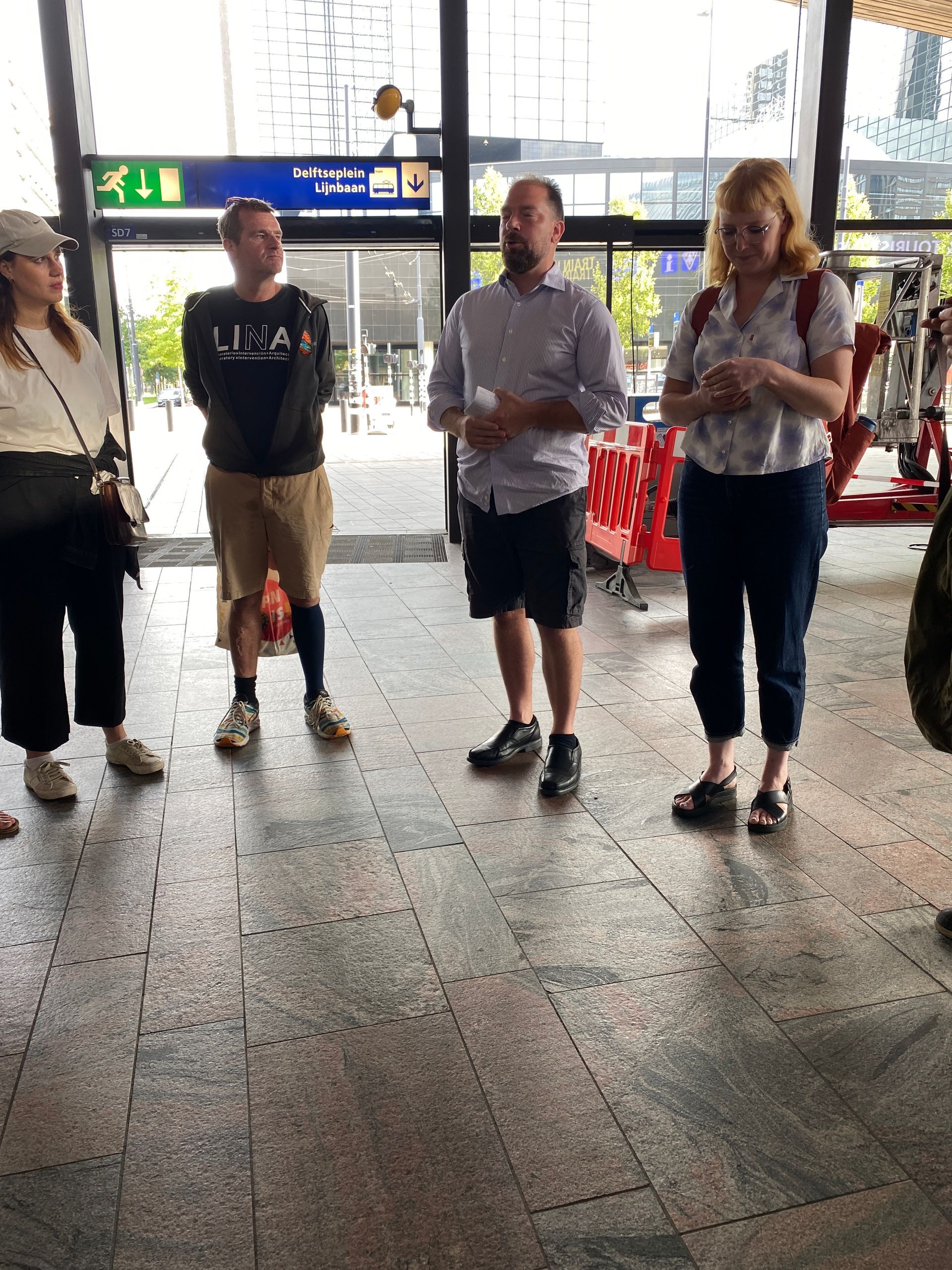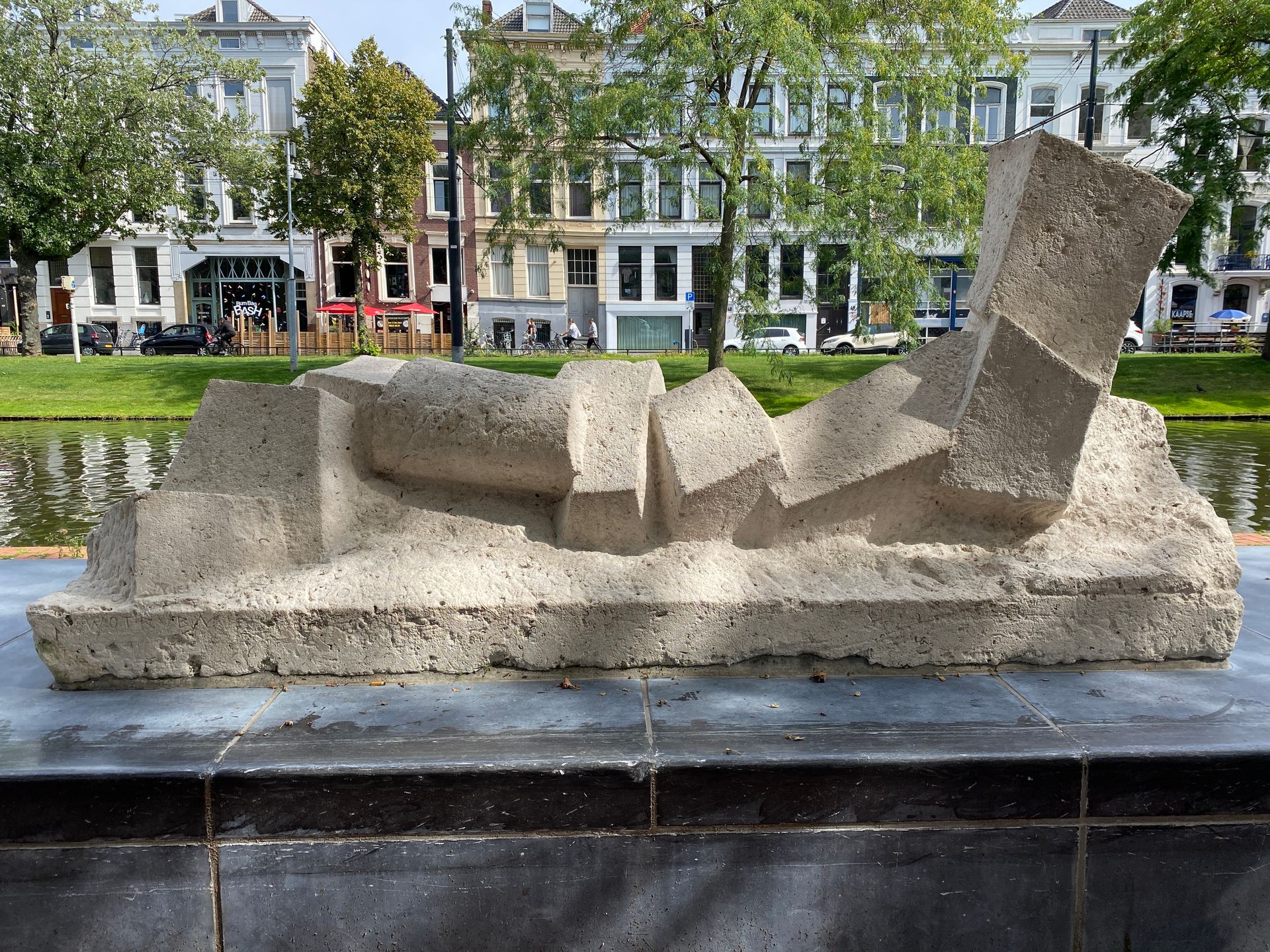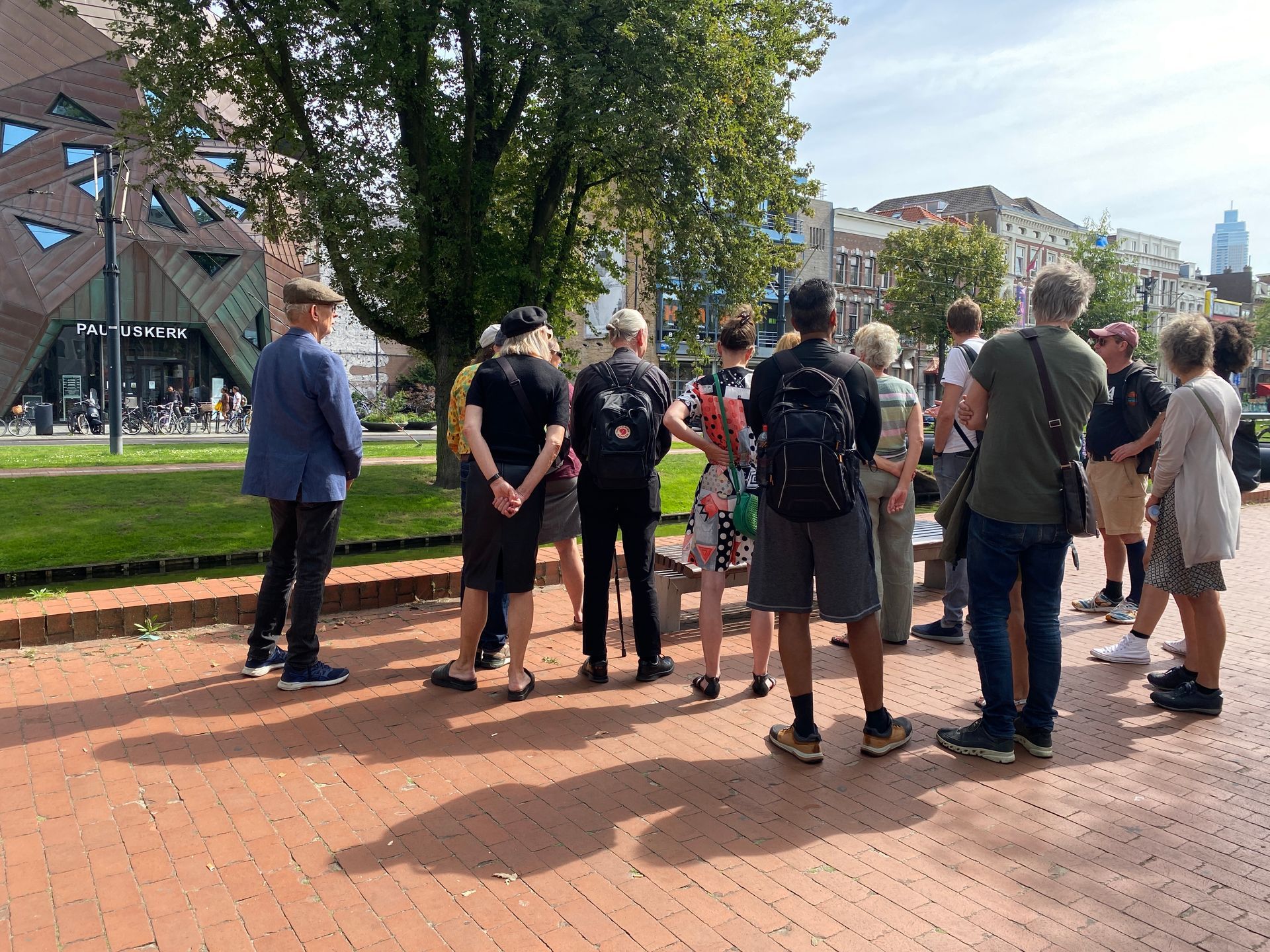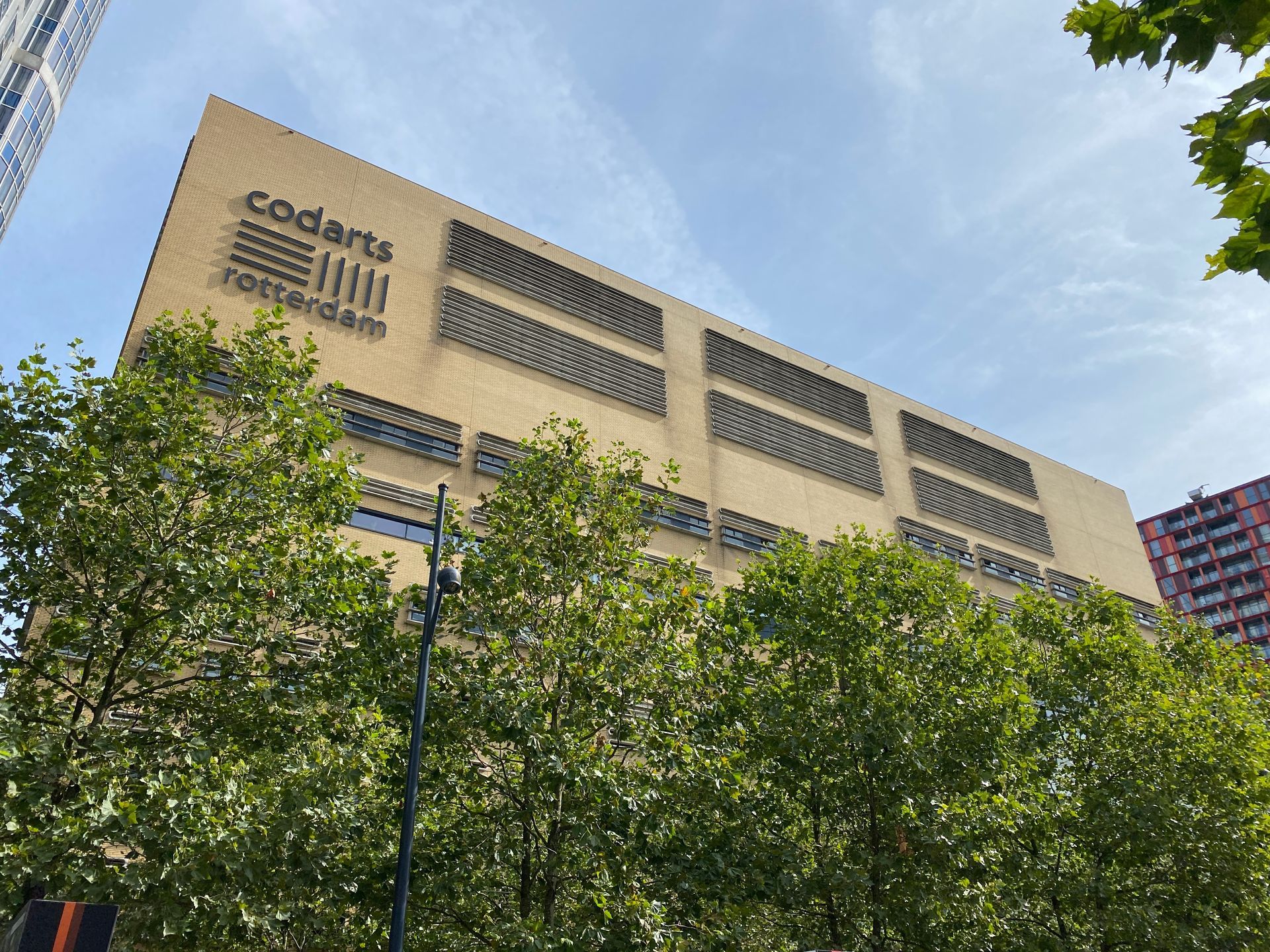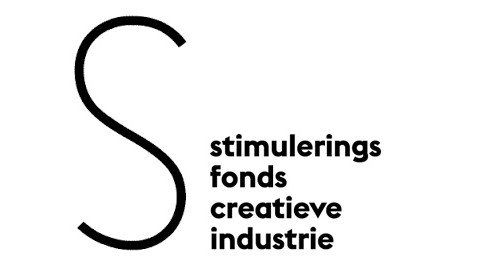Agenda
Zoek in ons archief op
naam, trefwoord of datum:
STADSWANDELING: 2108 Rotterdam Future
Tours!
Een stadstour i.r.t de
tentoonstelling van artefacten die zijn opgedoken tijdens de opgraving van het
Boijmans Depot.
Gidsen: William Myers
(oprichter Museum of 21st Century Design, M21D) & Emma van der Leest (curator M21D)
Zondag 3 sept., 2023, 13-14:00 pm., @centraalstationrotterdam
//(English version see below: this tour will be offered in Dutch
and English)//
WAT HOUDT DEZE WANDELING IN? 🔥
Welkom in het jaar 2108: Rotterdam Future Tours! Met trots presenteert het
Internationaal Bureau voor de Wederopbouw een stadstour in relatie tot de
tentoonstelling van artefacten die zijn opgedoken tijdens de opgraving van het Boijmans Depot.
In deze exacte replica van het Boijmans Depot
uit het "jaar 2023" (volgens het
oude tijdsysteem) vinden bezoekers prachtig bewaard gebleven voorbeelden van
objecten gemaakt door onze 21e-eeuwse voorouders. Kom en verwonder je over
het gebruik van uitgestorven materialen en vraag je af waarom generaties voor ons
deze dingen in "musea" bewaarden.
Als onderdeel van deze grote ontdekkingstocht laten we je de stad Rotterdam zien
en vertellen we je meer over hoe onze voorouders leefden en ontdekken we meer
over wat het verleden inhield en hoe we nu onze toekomst vormgeven. Ga je met
ons mee?
WAAR ONTMOETEN WE ELKAAR EN WAAR EINDIGEN WE? 🔥
Centraal Station onder de ''Sunny Cloud'' van John Körmeling. We lopen vervolgens via Kruisplein,
Westersingel, Eendrachtsplein Metro richting Het Nieuwe Instituut (Jonkindstraat)
en eindbestemming Boijmans Depot.
OVER WILLIAM MYERS
William is een Amsterdamse curator en docent met meer dan 20 jaar ervaring in
de culturele sector, waaronder een decennium bij het Museum of Modern Art
(MoMA). Myers is de auteur van Biodesign (MoMA, 2018) en Bioart (Thames &
Hudson, 2015)
en initiator van meer dan 15 tentoonstellingen over uiteenlopende
onderwerpen, van het potentieel van biotechnologie om een revolutie teweeg te
brengen in design tot de impact van kunstmatige intelligentie op creatieve
praktijken. William heeft wereldwijd lezingen gegeven aan onderwijsinstellingen en
heeft gewerkt voor onder andere het Guggenheim Museum, MIT Museum, Cooper-Hewitt Smithsonian Design Museum, RISD, Het Nieuwe Instituut in
Rotterdam, Vitra Design Museum, Science Galleries in Dublin
en Rotterdam, TU
Delft
en MU Artspace
in Eindhoven. Lees zijn volledige profiel.
OVER EMMA VAN DER LEEST
Emma
is een Rotterdamse ontwerper, onderzoeker, auteur en docent die zich richt
op micro-organismen als centraal element in de toekomst van design. Haar boek, Form Follows Organism: The Biological Computer (2016), onderzoekt de
veranderende rol van ontwerpers in hun samenwerking met wetenschappers.
Emma is mede-oprichter van BlueCity Lab, een prototyping laboratorium en
start-up hub in Rotterdam. Een van de doelen van Van der Leest is om het voor
iedereen die geïnteresseerd is in het werken met micro-organismen en
afvalstromen makkelijker te maken om nieuwe materialen te ontwikkelen. Emma
heeft onderzoeks- en onderwijsfunctie bij Master Institute of Visual Cultures.
Daarnaast ontwikkelt ze workshops en programma's voor de Willem de Kooning
Academie, Central Saint Martins Londen
en de Design Academy Eindhoven.
MELD JE AAN!
Meld je aan door een mailtje te sturen naar mail@dpfr.nl. Max. 15 deelnemers.
///english version//
WHAT IS THIS WALK ABOUT? 🔥
Welcome to the year 2108: Rotterdam Future Tours! The International
Bureau of Reconstruction proudly presents a city tour in relation to the
exhibition of artifacts unearthed during the Boijmans Depot
excavation.
In this exact replica of the Boijmans Depot
from the “year 2023” (according
to the old time-organizing system) visitors will find beautifully preserved
examples of objects made by our 21st-century ancestors. Come and marvel
at the use of extinct materials and puzzle over why generations before us
kept these things in “museums.”
Part of this great discovery, we show you the city of Rotterdam, and tell you
more about how our ancestors lived, discovering a lot of what the past
contained and how we now shape our future. Will you join us?
WHERE DO WE MEET AND END THE TOUR?
🔥
Central Station under ‘’Sunny Cloud’’ from John Körmeling. We walk via Kruisplein,
Westersingel, Eendrachtsplein Metro underground towards Het Nieuwe Instituut
(Jonkindstraat) and final destination Boijmans Depot.
ABOUT WILLIAM MYERS
🔥
William is an Amsterdam-based curator and teacher with more than 20 years
experience in the cultural sector, including a decade at the Museum of Modern Art
(MoMA). Myers is the author of Biodesign (MoMA, 2018) and Bioart (Thames &
Hudson, 2015)
and organizer of more than 15 exhibitions on a range of topics, from
the potential of biotechnology to revolutionize design to the impacts of artificial
intelligence on creative practices. William has lectured at learning institutions
worldwide and has worked for the Guggenheim Museum, MIT Museum, Cooper-Hewitt Smithsonian Design Museum, RISD, The New Institute in Rotterdam, Vitra Design Museum, Science Galleries in Dublin
and Rotterdam, TU Delft, and MU
Artspace
in Eindhoven, among others. Read his full profile.
ABOUT EMMA VAN DER LEEST 🔥
Emma
is a Rotterdam-based designer, researcher, author, and teacher focused on
micro-organisms as central to the future of design and fabrication. Her book, Form
Follows Organism: The Biological Computer (2016), examines the shifting role of
designers as they collaborate with scientists. Emma is a co-founder of BlueCity
Lab, a prototyping laboratory and start-up hub in Rotterdam. One of Van der
Leest’s goals is to make it easier for anyone interested in working with
micro-organisms and waste streams to develop new materials to do so. Emma
holds research and teaching positions at Master Institute of Visual Cultures. In
addition, she develops workshops and programming for Willem de Kooning
Academy, Central Saint Martins London, and the Design Academy Eindhoven.
JOIN US 🔥
Register by sending an email to mail@dpfr.nl. Max. 15 participants.
//english version below//
Impressie van een stadswandeling met Emma van der Leest en William Myers
3 september 2023
Centrale vraag: Hoe zouden wij over 85 jaar terugkijken op onze leefstijl en onze
stedelijke inrichting?
Wat zien wij meestal niet, als we in ons hoofd zitten, terwijl wij ons buiten op straat
begeven?
Die vraag is altijd het vertrekpunt bij stadswandelingen die wij organiseren
onder de noemer ‘Take a Walk on Designed Side’. Waarom zou het interessant zijn
om erbij stil te staan wat wij niet zien? Waarneming, waar het woord ‘waarheid’ in
verstopt zit, is vaak een bron van creativiteit en reflectie. Is het mogelijk om
veranderingen te onderkennen zonder kritische waarneming? Is het waardevol om
onszelf scherp houden door goed te blijven kijken en niets vanzelfsprekend te vinden?
Die vragen leggen wij impliciet voor aan onze design community. Daarom organiseren we deze
stadswandelingen, vijf à zes keer per jaar. Hieronder volgt een korte impressie. Lang
niet alle items komen aan bod die op die middag zijn bezocht en besproken. We
beperken ons tot enkele voorbeelden die raakvlakken hebben met bio design.
Emma van der Leest
en William Myers
nodigen het gezelschap van stadswandelaars
uit om in & uit een tijdmachine te stappen.
We bevinden ons in het jaar 2108. Met verbazing vragen wij ons af,
aangespoord door Emma van der Leest, waarom de lampjes boven onze hoofden in
de hal van het station (in het NS-kunstwerk Sunny Cloud van John Körmeling) nog
branden op stroom. Kan dat niet gewoon met het genetische materiaal van vuurvliegjes die zich opladen met zonneenergie, ingezet voor verlichting in de toekomst? Het is zelfs best wel veelvoorkomend in de 22e eeuw.
Een ander voorbeeld is het nog steeds actuele gebouw van Codarts
aan het
Kruisplein. Daar zijn speciale openingen gemaakt voor insecten en ook vogels om een
veilig thuis te vinden. Er liepen aan het begin van de vorige eeuw blijkbaar ook
ontwerpers rond met een vooruitziende blik in Rotterdam.
In het water bij de Westersingel slaat kunstenaar Job Koelewijn
in 2001 de spijker
op de kop als hij met zijn watersculptuur ‘Formule B’ Samuel Beckett’s beroemde
uitspraak citeert: “No Matter Try Again Fail Again Fail Better”. William Myers vult aan: This artwork can help one think about multiple futures, and see everyday surroundings in a new way.
Een eindje verderop zien we het kunstwerk van Fritz Wotruba: Liggende figuur (1971)
Emma van der Leest legt uit dat zo'n kunstwerk in de toekomst nauwgezet wordt onderhouden door
micro-organismen die het weggeregende zandsteen direct aanvullen. Hun uitgekiende
programmering zorgt ervoor dat er nooit te veel materiaal wordt toegevoegd.
Huis Sonneveld mag dan een prachtig voorbeeld zijn van architectuur uit de
twintigste eeuw, maar dit is zoooo 1933… Het zou nu ondenkbaar zijn dat we nog
steeds zulke brede ramen met gordijnen maken waardoor vogels die erin vliegen zonder visuele waarschuwing geen
schijn van kans hebben, of om een monocultureel gazon te hebben met slechts een paar soorten, om er uniform uit te zien. William bekent: I love this classical architecture, but... production and biobased forming is going to be it in the future.
De ‘Nieuwe Tuin’ aan de Jongkindstraat was toentertijd de eerste officiële Zoöp ter
wereld. Maar dit is veelvoorkomend in 2108! Mensen en niet-mensen (zoals planten
en dieren) worden hier door middel van slim uitgedokterde interventies aangemoedigd
om samen te werken op basis van gelijkwaardigheid. Het wenkend perspectief is
veerkracht die hier bereikt wordt door samenwerking. Samenwerking tussen zeer verschillende
organismen doet zich op deze plek voor in meerdere verschijningsvormen als je goed
kijkt. 'Je gaat het pas zien als je het doorhebt' (Johan Cruyff, januari 1994).
We eindigen aan de voet van het museumdepot van Boijmans, waar op die
dag het laatste bezoek is mee te maken aan de tentoonstelling Vooruitkijken:
Objects of Change. Die expo draaide om de vraag hoe toekomstbestendig de
designcollectie is. Verzamelt het museum objecten die over 85 jaar nog relevant zijn? Museum of 21st Century Design (M21D) organiseerde en vertelde de verhalen achter verschillende items van die tentoonstelling.
//english version//
Impression of a city walk with Emma van der Leest and William Myers
September 3, 2023
Central question: How would we look back on our lifestyle and urban design after 85 years?
What do we usually not see when we are in our heads, while we are out on the street?
That question is always the starting point for city walks that we organize under the name 'Take a Walk on Designed Side'. Why would it be interesting to consider what we don't see? Observation is often a source of creativity and reflection. Is it possible to recognize changes without critical observation? Is it valuable to keep ourselves sharp by keeping a close eye and not taking anything for granted? We implicitly submit these questions to our design community. That is why we organize these city walks, five to six times a year. Below is a short impression. By no means all items that were visited and discussed that afternoon are written out here. We limit ourselves to a few examples that have interfaces with bio design.
Emma van der Leest
and William Myers
invite the company of city walkers to step in & out of a time machine.
We on the tour find ourselves in the year 2108. With astonishment we wonder, prompted by Emma van der Leest, questioning why the lights above our heads in the station hall (in John Körmeling's NS artwork Sunny Cloud) are still using conventional electricity. Isn't that instead possible using the genetic material of fireflies, harnessed for illumination in the future. It is even, pretty common in the 22nd Century.
Another example is the current Codarts building on the Kruisplein. Special openings have been made there for insects and birds to find a safe home. At the beginning of the last century there were apparently also designers with a foresight in Rotterdam.
In the water at the Westersingel, artist Job Koelewijn hit the nail on the head in 2001 when he quoted Samuel Becket's famous statement with his water sculpture 'Formula B': "No Mater Try Again Fail Again Fail Better". William Myers adds:
This artwork can help one think about multiple futures, and see everyday surroundings in a new way.
A little further on we see Fritz Wotruba's work of art: Reclining Figure (1971) Emma van der Leest explains that such a work of art in the future is meticulously maintained by micro-organisms that directly replenish the rained-off sandstone. Their sophisticated programming ensures that too much material is never added. The Sonneveld House may be a wonderful example of twentieth-century architecture, but this is so 1933... It would be unthinkable now that we should make such wide windows that birds fly into without a visual warning to them, or to have a mono-cultural lawn with only a few species for the sake of looking uniform. William confesses: I love this classical architecture, but... production and biobased forming is going to be it in the future.
At the 'New Garden' on Jongkindstraat we see the first official Zoöp in the world. But this is common in 2108! Humans and non-humans (such as plants and animals) are encouraged here through cleverly devised interventions to work together on the basis of equality. The perspective is that resilience can be achieved here through cooperation. Collaboration between very different organisms occurs in this place in several forms if you look closely. 'You will only see it when you realize it' (Johan Cruyff, January 1994).
We end at the foot of the Boijmans depot, where on that day you can experience the last visit to the exhibition ‘Looking ahead: Objects of Change’. That expo revolved around the question of how future-proof the design collection is. Does the museum collect objects that will still be relevant in 85 years? Museum of 21st Century Design (M21D) organized and narrated the stories behind several items to that exhibition.


